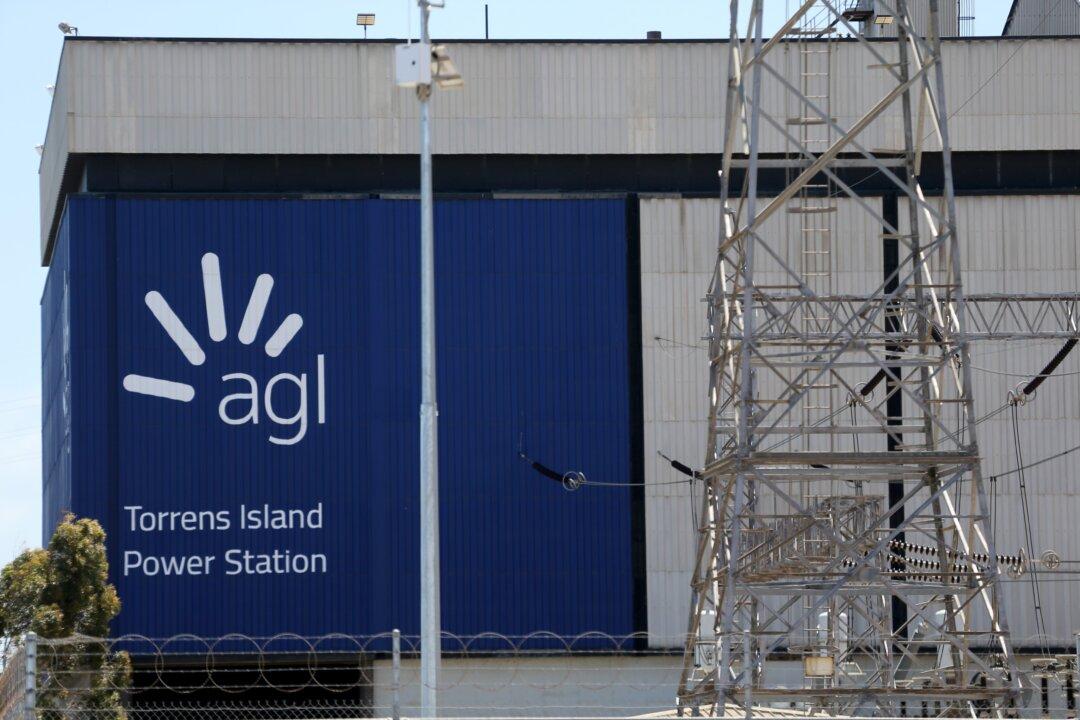Australia’s largest electricity generator, AGL Energy, has posted a $1.3 billion (US$850 million) statutory loss for the 2023 financial year (FY), following a $860 million profit the previous year.
About half of the loss was due to the reduction of asset value due to the earlier closure dates of its coal plants in line with its accelerated decarbonisation plan.





